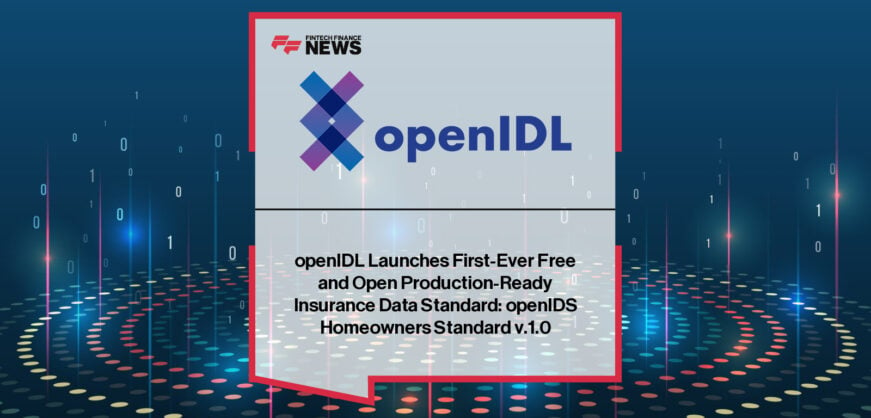Breaking News

How to Choose Business Insurance in Under 10 Minutes (Without Overpaying)
Entrepreneurs often assume that choosing business insurance requires heavy research and endless comparison. The process feels complicated, as if reading more policies automatically leads to better protection.
In truth, the right decision depends on focus, not time. Once you know which risks apply to your work, you can ignore everything else that pushes the premium up.
With a clear checklist, you cut out unnecessary add-ons and choose cover that fits your business. That is where Westminster Insurance becomes practical because it lets you tailor your policy instead of paying for services you never provide.
Step 1: Identify What You Actually Do
Risk is calculated based on your activities. When you describe your work vaguely, insurers often assume you perform higher-risk tasks. That drives premiums up. The quicker you define your service, the faster you find the correct cover.
Create a 15-Second Service List
Write down what you do in a short list. Keep it factual and direct:
- “Portrait photographer. Studio or client location”.
- “Massage therapist. No advanced aesthetics”.
- “Marketing consultant. Strategy and content”.
Avoid generic labels. “I handle clients” tells an insurer nothing. “I give digital marketing consultations” tells them everything needed to assess risk.
Risk Profile Matters
Your premium reflects how likely a claim is. If your work involves giving expert advice, the cover that deals with financial loss from mistakes becomes essential. If you meet clients in person, the cover for injury or damage claims becomes relevant. A clear description of your work stops assumptions and keeps costs accurate.
Step 2: Choose the Right Cover — Not “Everything They Offer”
Business insurance platforms display long lists of optional cover. Many owners select every add-on to feel secure, which raises the premium without offering real benefits. The simple rule is to choose cover based on genuine risk.
Most small businesses and freelancers usually need:
- Public liability — protects you if a client or third party claims injury or damage.
- Professional indemnity — covers situations in which a client alleges financial loss due to your advice or an error.
- Medical malpractice — protects you if a treatment or procedure causes injury, harm or loss to a client.
- Cyber or data liability — protects you if client data is stolen, leaked or lost.
Other options apply only in specific situations. Employer’s liability becomes mandatory once you hire staff, and portable equipment cover matters when you work with tools or devices away from your usual location. Choosing only what fits your needs keeps your premium lean.
Step 3: Determine Your Level of Cover
Two policies may list the same features yet have different payout limits. Higher limits increase the price, but choosing the minimum can leave you exposed.
Focus on the scale of potential loss rather than the policy headline. A project with high contract value, a client with strict requirements or a venue that expects proof of cover may justify a higher limit.
If the financial stakes are low and you work on small projects, a standard limit is usually enough. The right level of cover reflects the size of your contracts and the potential cost of a claim, not what looks impressive on paper.
Step 4: Compare Quotes Smartly
Comparing quotes should take minutes, not hours. Focus on the price, the excess you must pay if a claim occurs and the exclusions hidden in the small print. Many people look only at the price and overlook the exclusions, which is risky. A cheap policy can cost far more in the long run if it excludes key parts of your work and fails to pay out when you need it.
Step 5: Double-Check Service Items Included
Some insurers charge extra for every service you list, while others allow multiple activities under a single policy. This matters if your work overlaps different areas, such as therapy combined with coaching or photography combined with consulting.
Pay close attention to how the insurer treats additional services, as a policy that increases in price every time your business evolves becomes expensive very quickly.
Your “Services Included” Checklist
Use this quick check before buying:
- Can I include multiple services under one policy?
- Does the price increase if I add new activities later?
- Does the cover apply at home, online and on client premises?
- Is equipment cover optional or bundled?
If the answers are unclear, ask. Hidden limits usually appear here. A flexible policy lets you adjust services as your business develops without paying for a new policy every time.
Step 6: Buy and Set Renewal Alerts
Once the policy fits your needs, complete the purchase and set a renewal reminder in your calendar. Most people overpay at renewal because autopay renews the policy at a higher rate. A simple note two weeks before the renewal date gives time to compare again.
Clarity Beats Complexity
Choosing business insurance in under ten minutes becomes easy once you know what to check. Define what you do, choose cover that reflects your real risks, set the right limit and compare quotes carefully. When you understand your needs, you avoid unnecessary costs and secure cover that supports how you actually work.
Companies In This Post
- openIDL Launches First-Ever Free and Open Production-Ready Insurance Data Standard: openIDS Homeowners Standard v.1.0 Read more
- Liberate and HawkSoft Partner to Empower Insurance Agencies with Agentic AI for Smarter Sales, Service, and Retention Read more
- Mutakamela Insurance Company Selects Neutrinos Platform to Digitize SME Health and Motor Insurance Journeys Read more
- BBC Pension Scheme, Zurich and Metlife Complete £6 Billion Longevity Swap Deal Read more
- Agentero Launches AI Appetite Checker to Help Insurance Agents Instantly Identify the Right Carriers for Every Risk Read more











